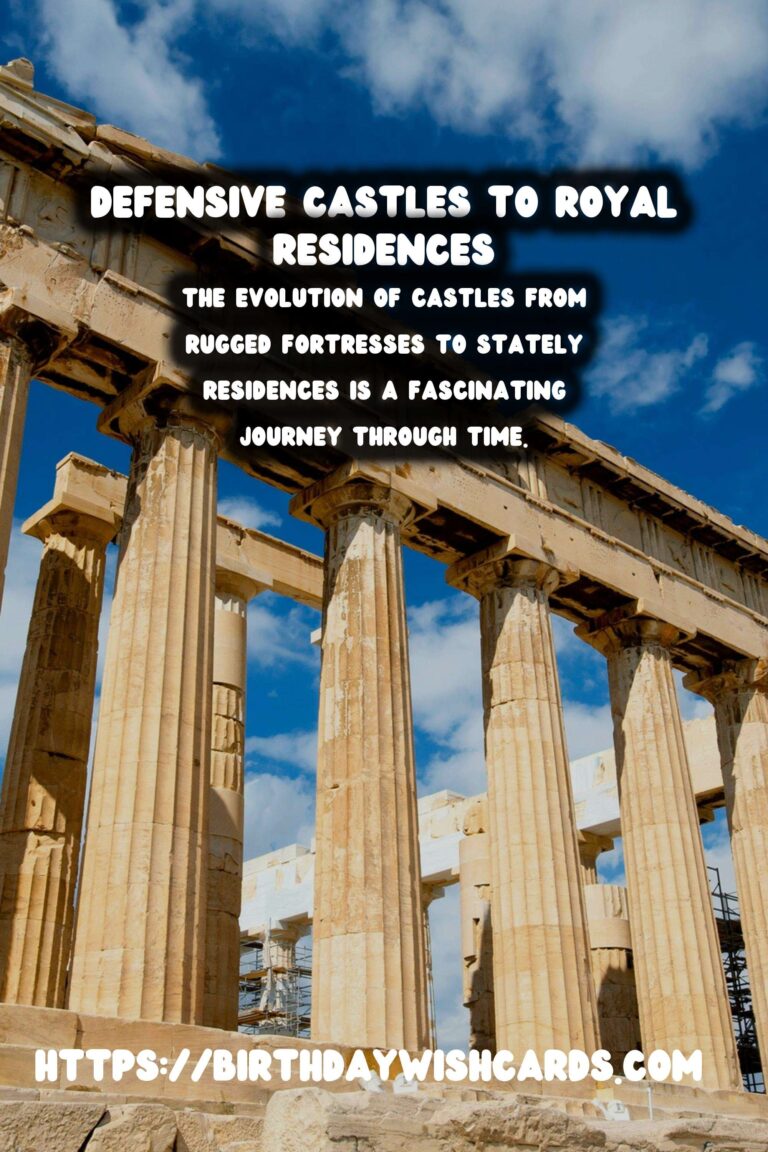
The evolution of castles from rugged fortresses to stately residences is a fascinating journey through time, showcasing the shifting dynamics of power, warfare, and society. Castles, primarily constructed for defense, became emblematic of the lives and lifestyles of the nobility, offering a glimpse into the architectural ingenuity of past centuries.
The Origins and Purpose of Castles
Castles emerged post the decline of the Roman Empire when Europe was rife with instability and regional conflicts. The primary purpose of early castles was to establish a center of control, defend territories, and project power. These fortifications offered protection against invaders, both raiding neighbors and returning Vikings, thus serving as strategic military bases.
Key Features of Defensive Structures
Early medieval castles employed various architectural features designed to thwart attackers. These included motte-and-bailey designs, stone keeps, and curtain walls. Moats surrounded many castles, acting as physical barriers, while tall towers provided vantage points for surveillance. Defensive design was critical; therefore, castles often rose on elevated grounds or within natural barriers.
The Transition to Residences
As the medieval period progressed, the function of castles began to shift from purely defensive structures to more comfortable and opulent residences. This change was motivated by advancements in military technologies, such as gunpowder and cannons, which reduced the effectiveness of traditional defensive designs. Nobility sought to reflect their wealth through more elaborate architecture and interiors.
Architectural Innovations
The Renaissance sparked a surge in architectural creativity, influencing castle designs significantly. Castles incorporated larger and more decorative windows, ornate facades, and expansive gardens. The layout of castles started to emphasize comfort and aesthetics, with grand halls, private chambers, and luxurious furnishings becoming increasingly common.
Notable Examples of Castle Residences
Several castles across Europe exemplify the transformation from military fortresses to grand residences. The Château de Chambord in France, with its French Renaissance architecture, and Windsor Castle in England, blending medieval features with modern comforts, are prominent examples. These structures were redesigned to highlight the lifestyle of the elite, balancing fortification with grandiosity.
The Legacy of Castles in Modern Architecture
Today, castles continue to inspire modern architecture, blending historical elements with contemporary designs. Many castles are preserved as historical sites, attracting tourists from around the world. They stand as symbols of a bygone era, reflecting the socio-political tides that shaped them.
In conclusion, the architectural history of castles is a testament to human ingenuity and adaptability. From protecting territories to housing aristocracy, castles have undergone a remarkable evolution that continues to captivate the imagination.
The evolution of castles from rugged fortresses to stately residences is a fascinating journey through time. Castles emerged post the decline of the Roman Empire when Europe was rife with instability and regional conflicts. 

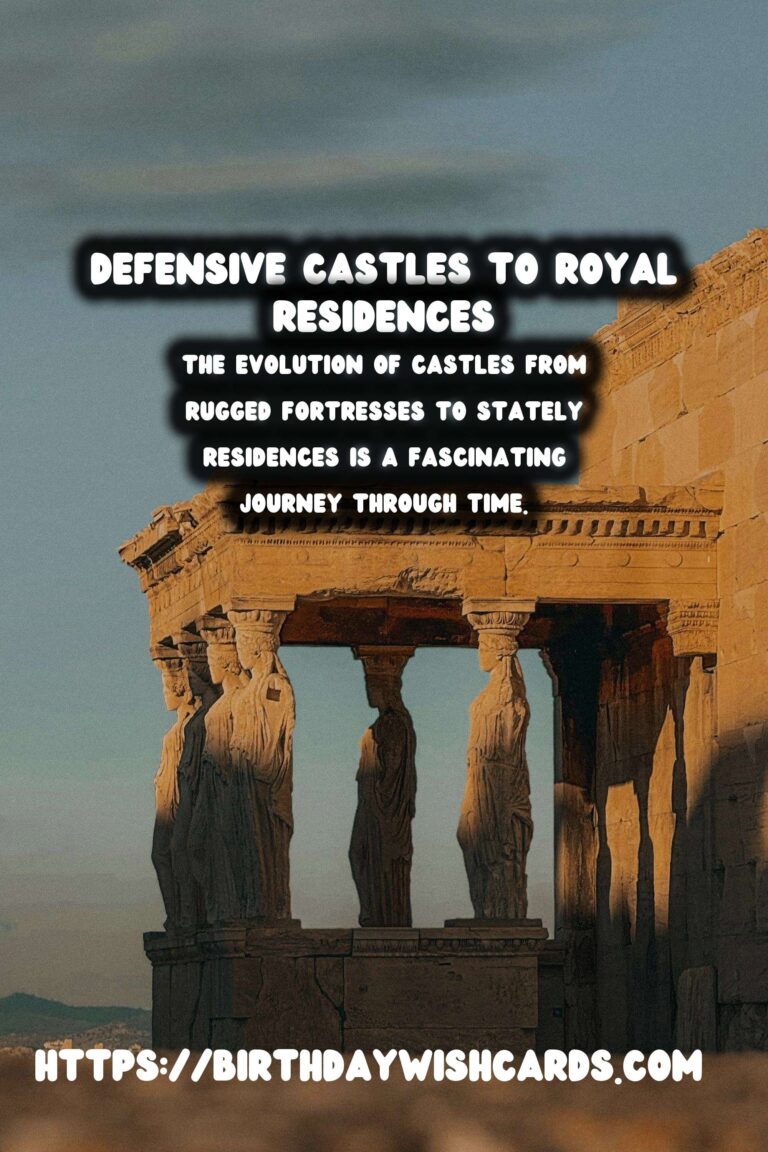
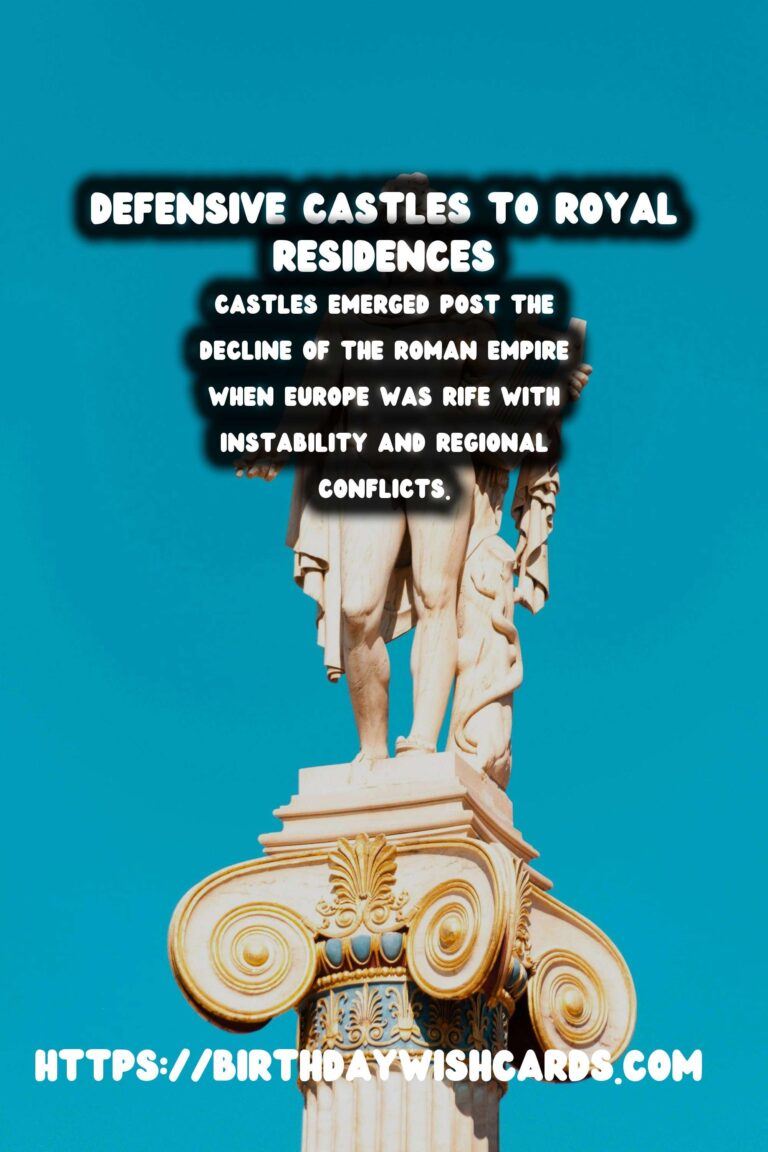


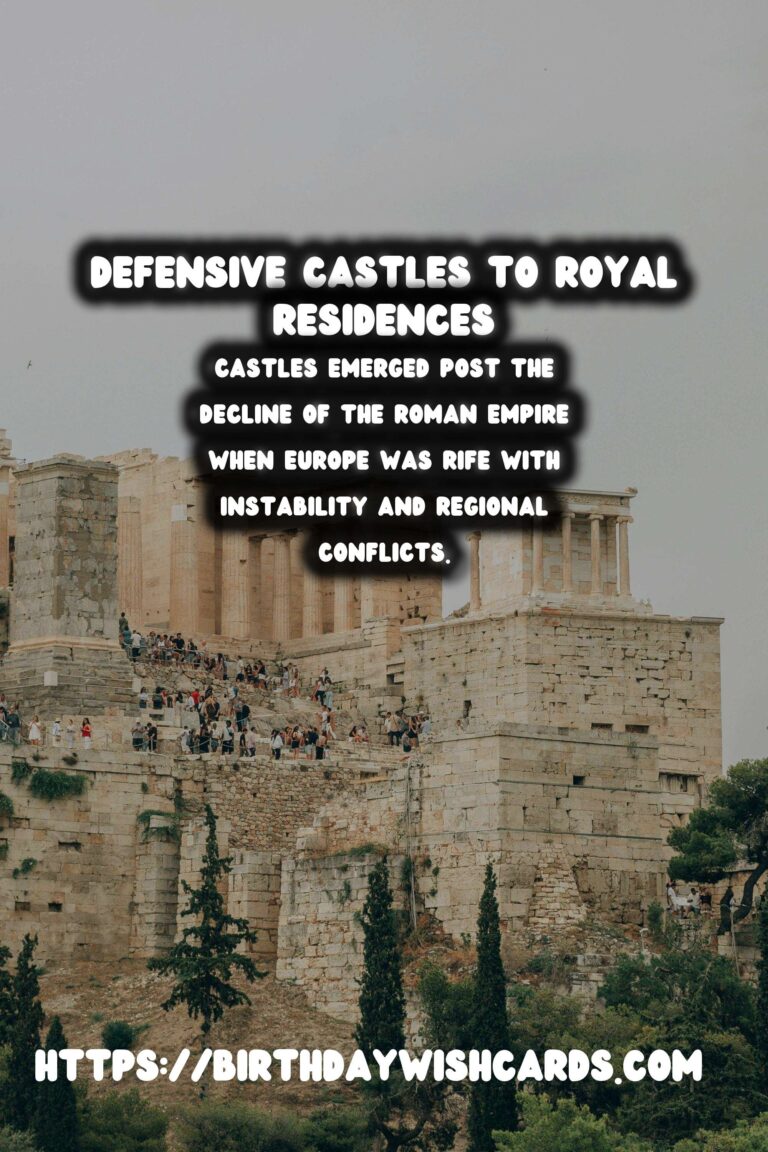
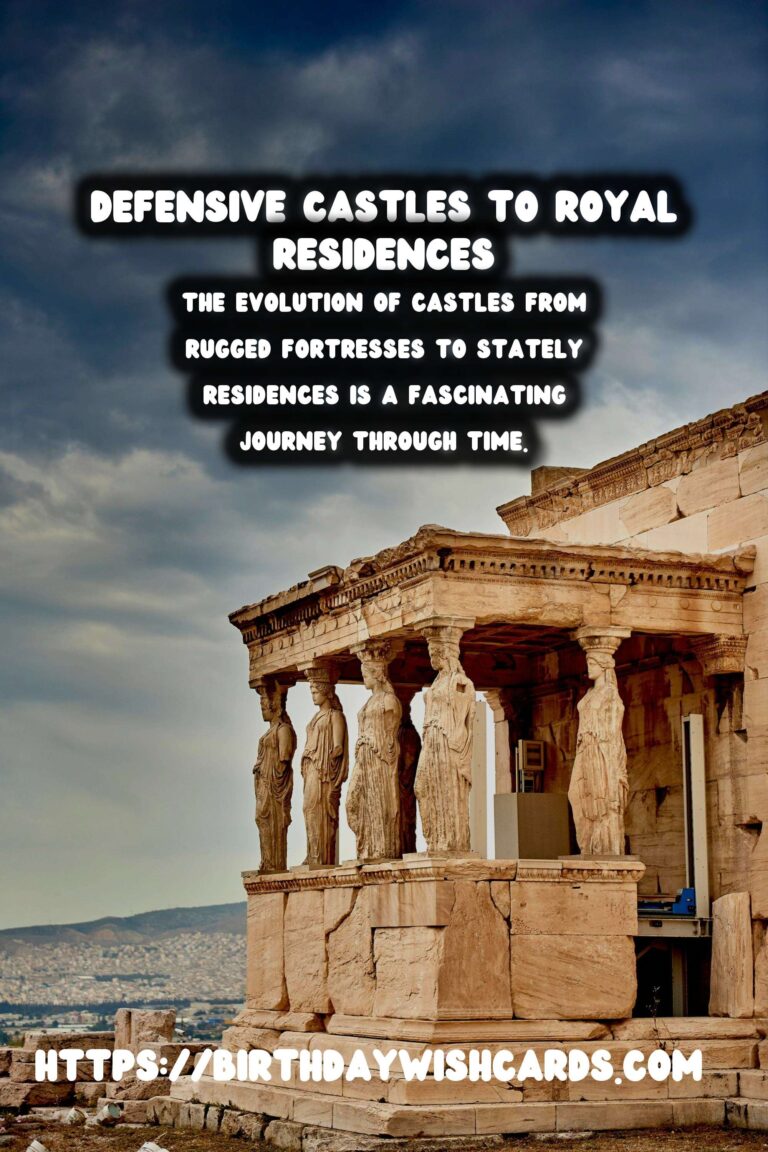
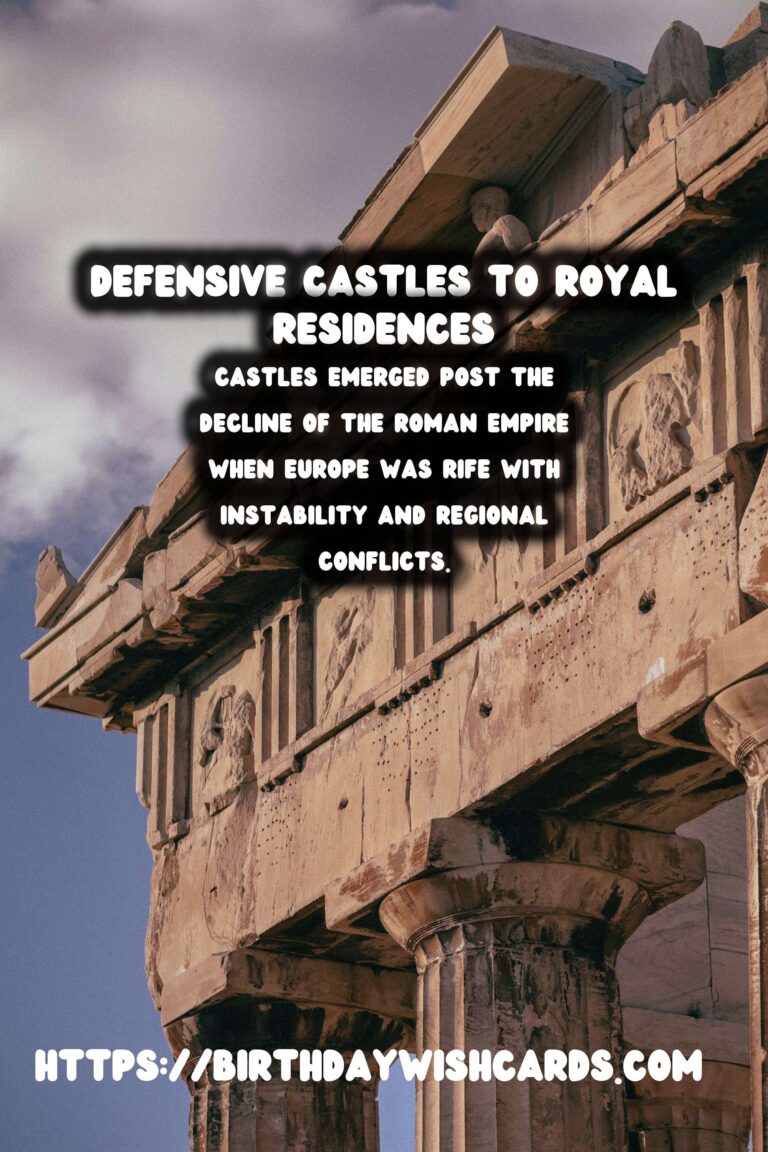
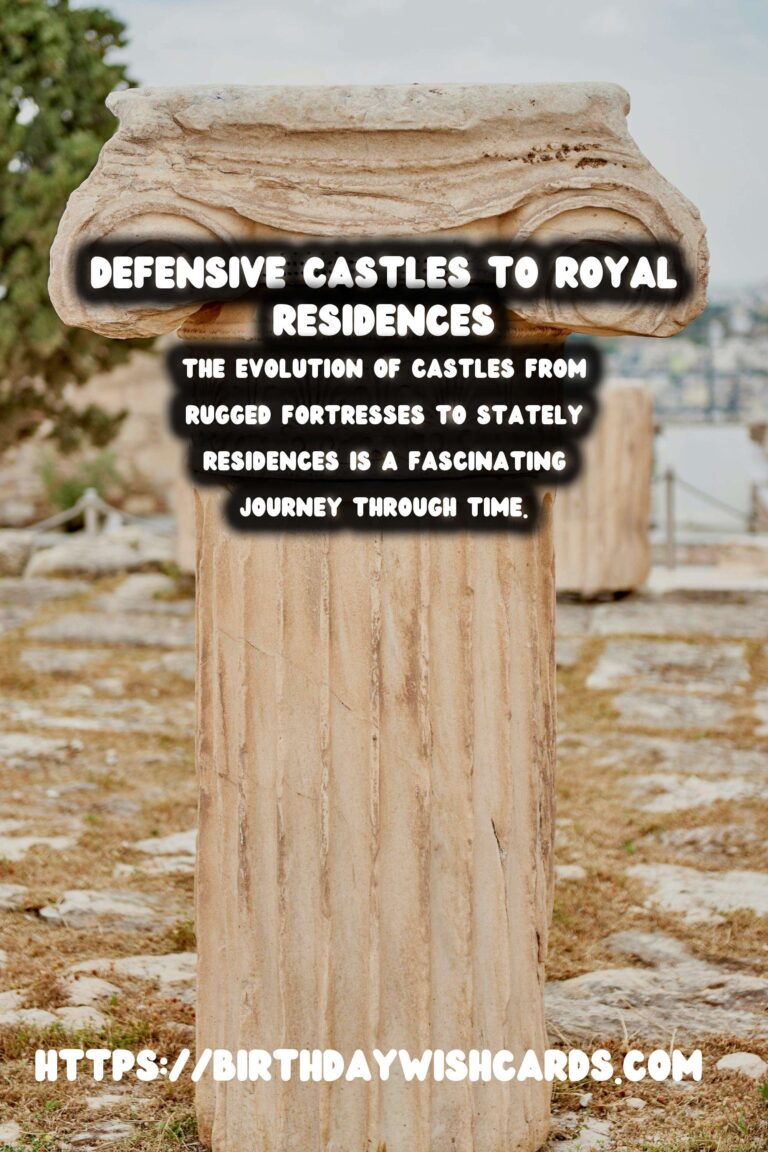
#ArchitecturalHistory #Castles




